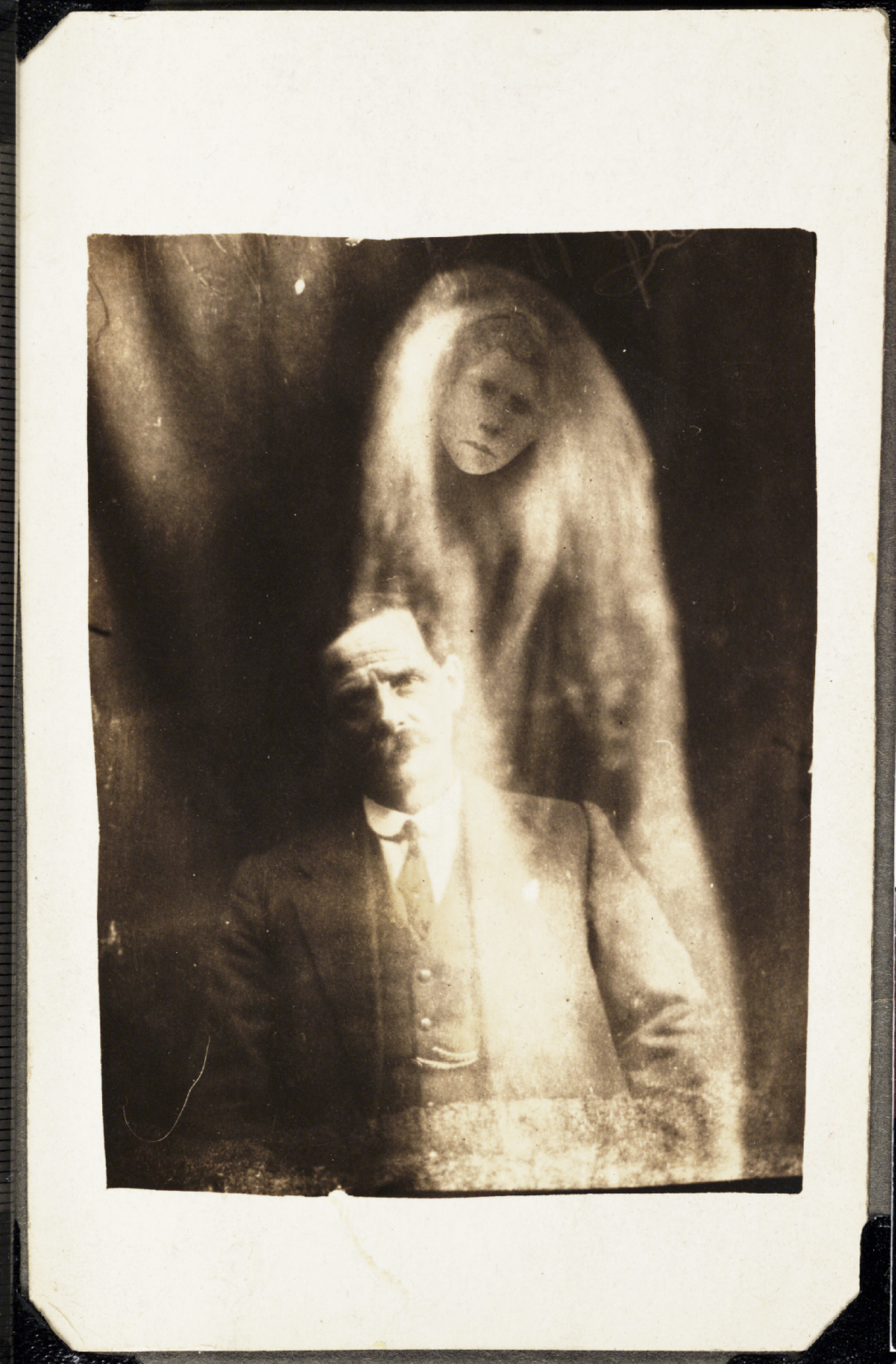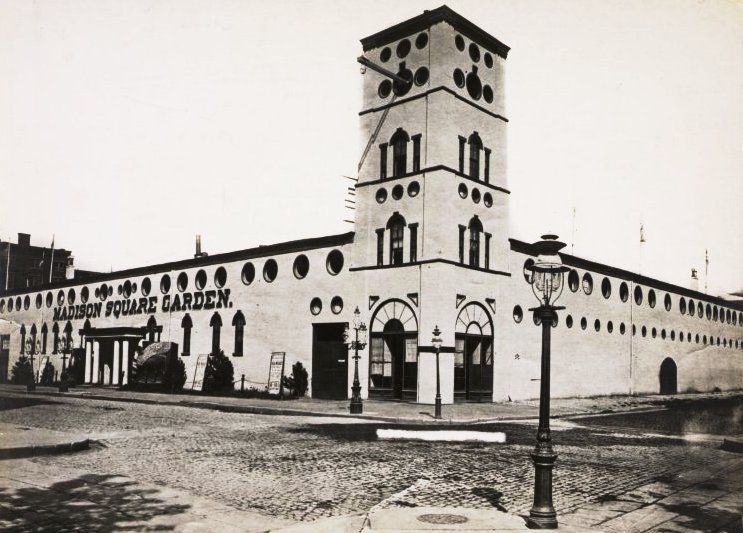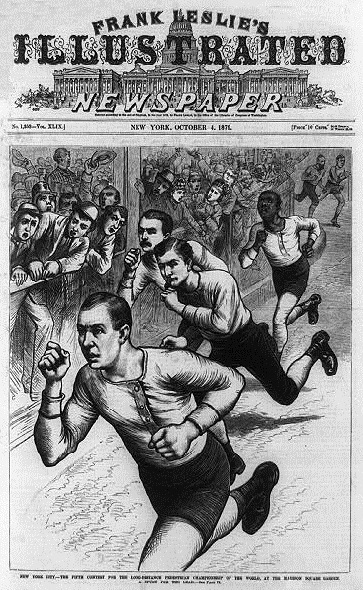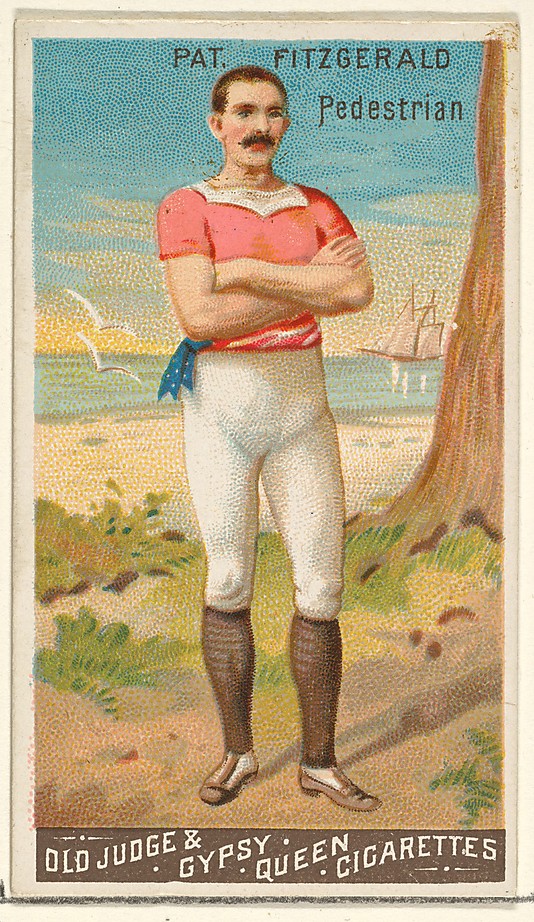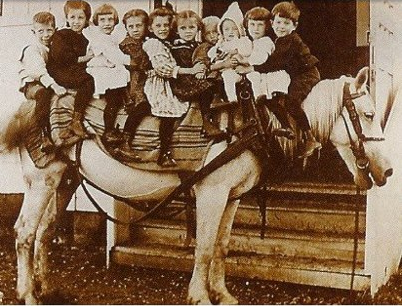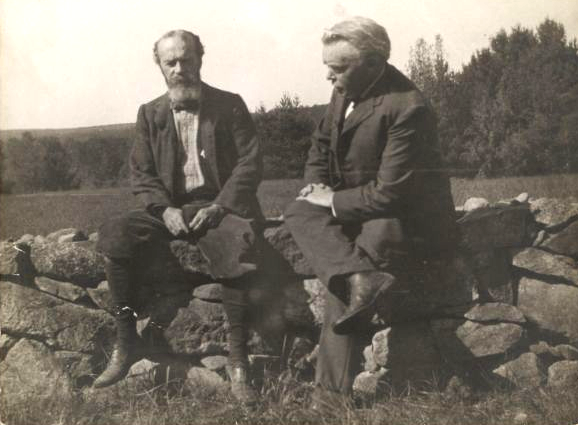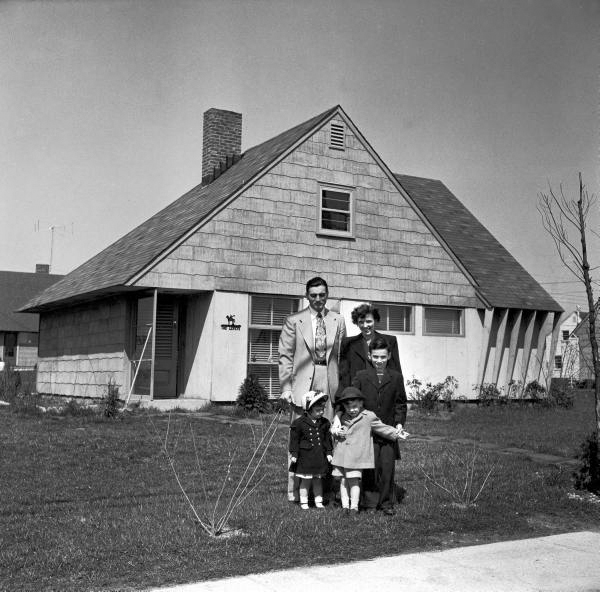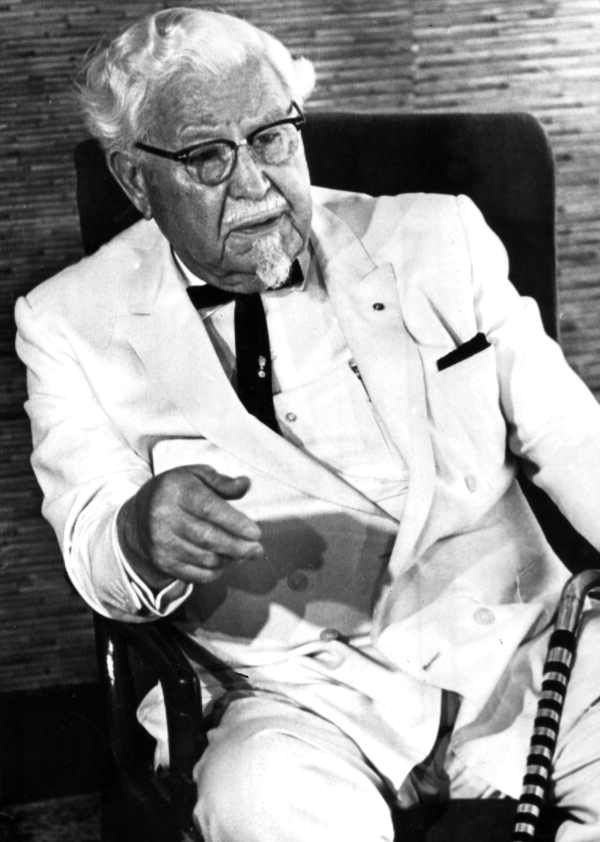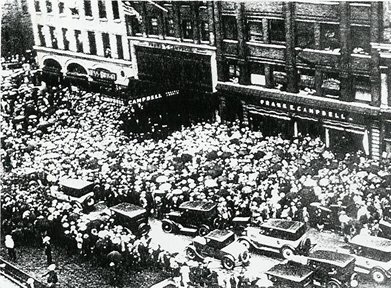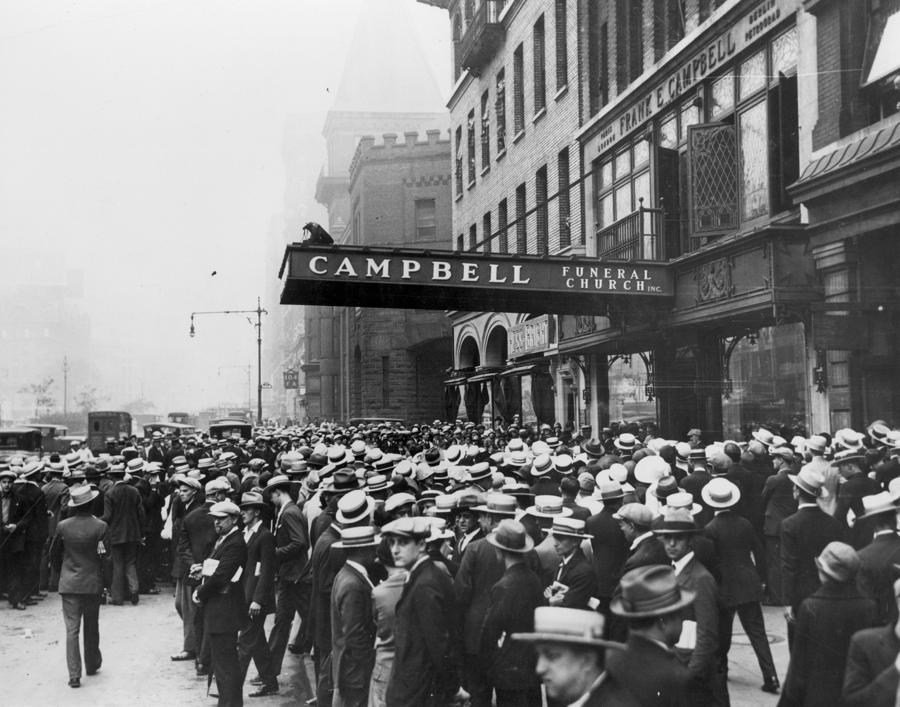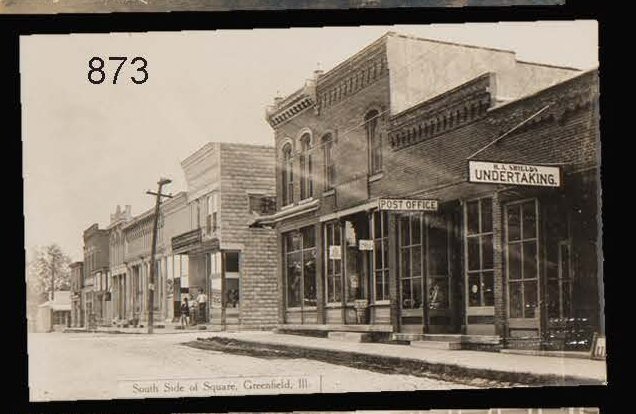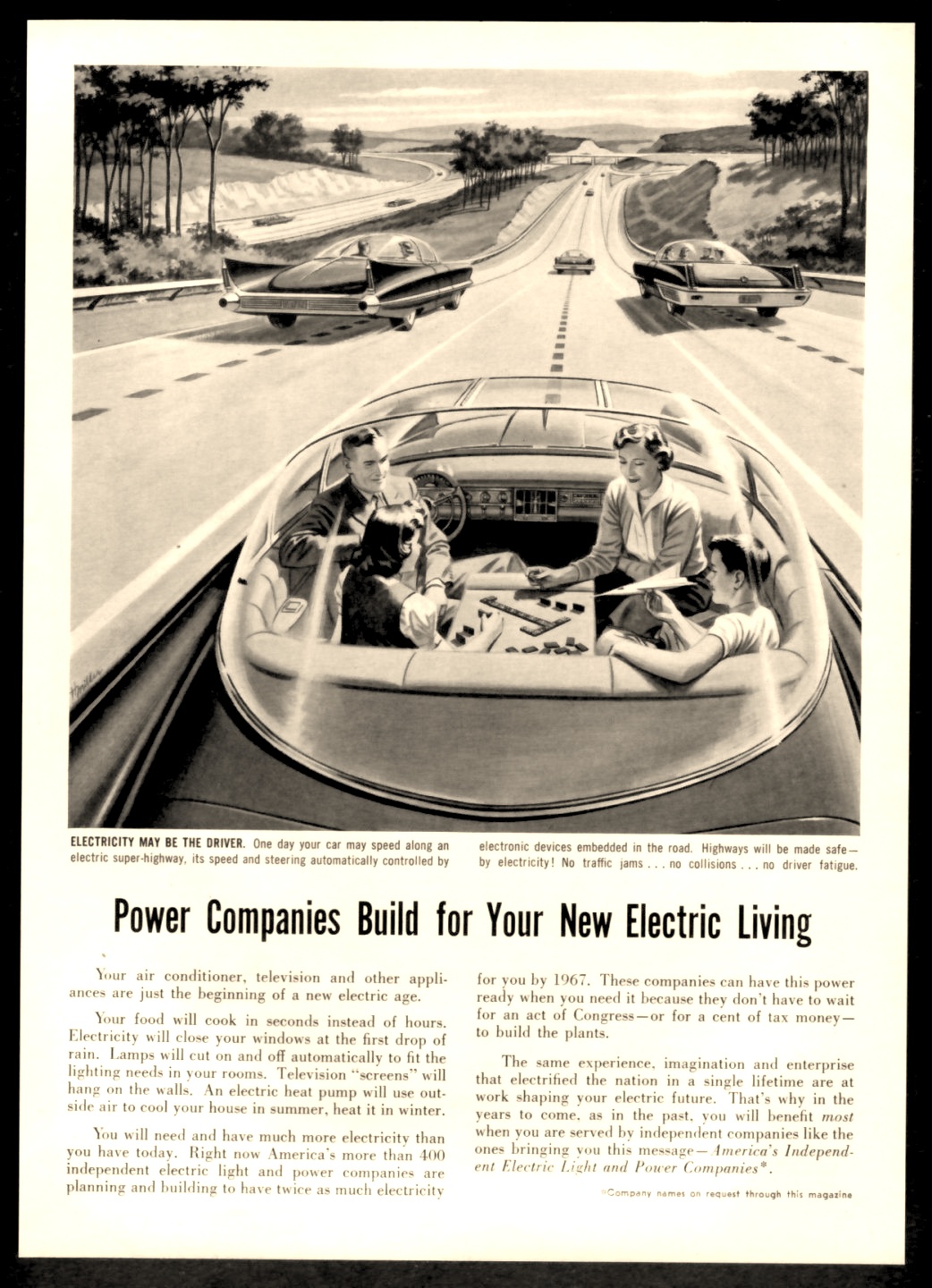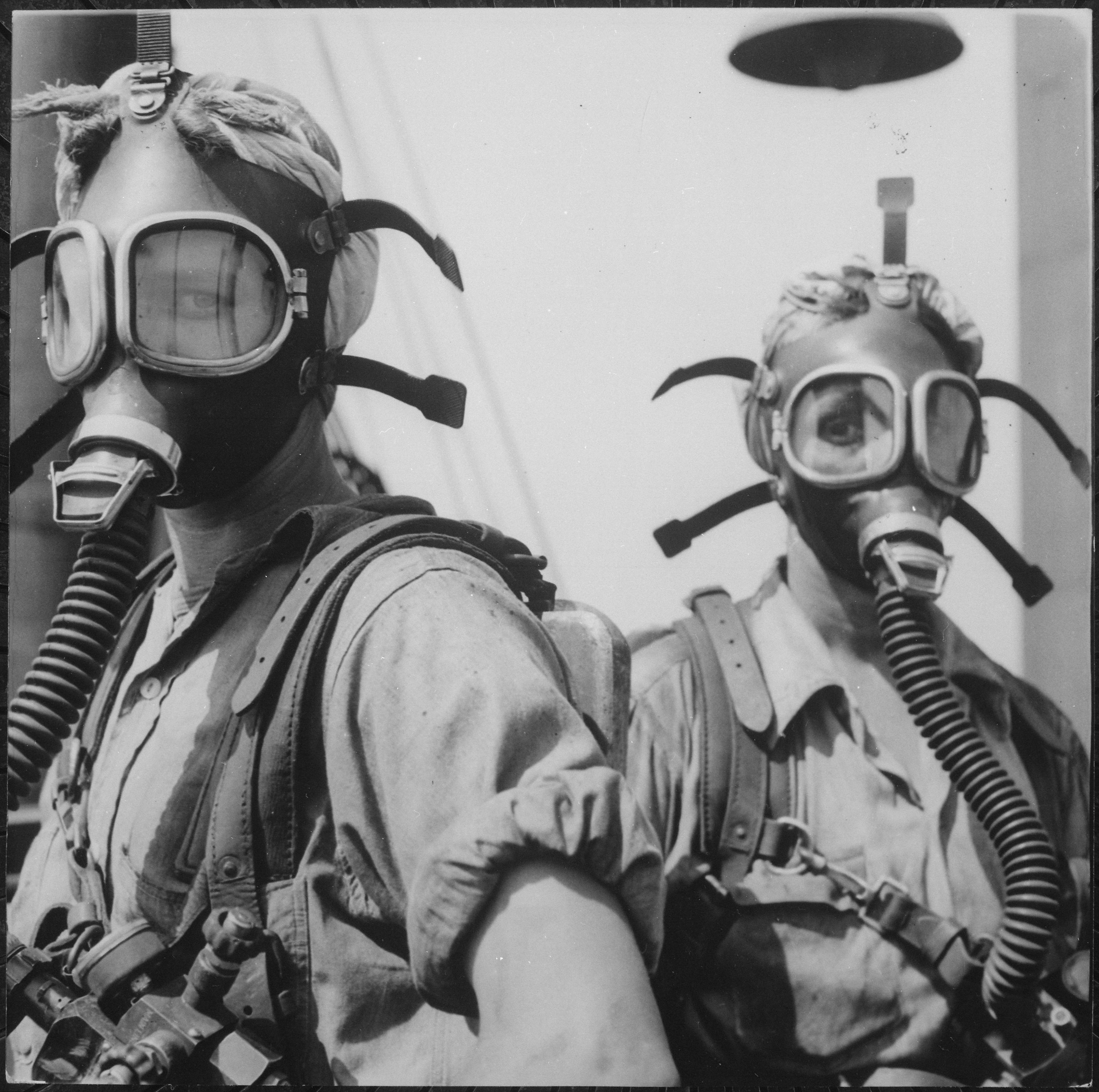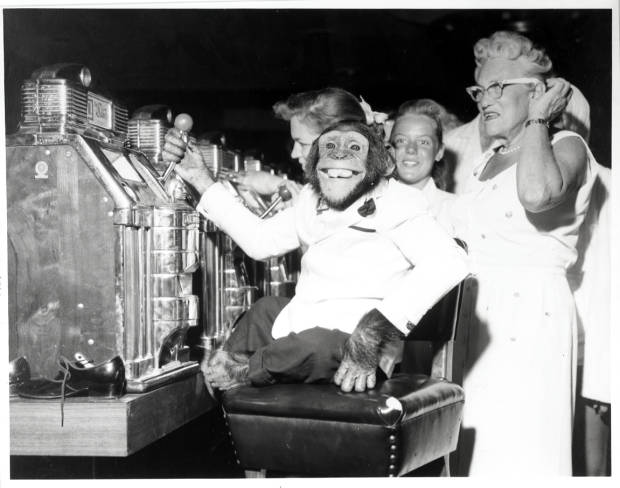
Do those working on Wall Street really have to break the law to do things they shouldn’t, things that can hurt us all? It seems like money influencing elected (and non-elected) officials can make malfeasance beyond prosecution–legal, even. And because rules governing such behaviors are so complicated, if you’re not working in that industry or reporting on it, you really don’t have the time to understand the fine print. That allows enough wiggle room to bring down an economy. Jesse Eisinger, Pulitzer Prize-winning financial reporter, tried to break down big finance during an Ask Me Anything at Reddit. A few exchanges follow.
___________________________
Question:
Is the criminal behavior limited to theft/fraud, or are there specific types of financial transactions corporations engage in that are/should be outlawed?
Jesse Eisinger:
Fraud writ large yes. There were many misrepresentations to the public that I think were worth deeper, more aggressive investigation. I write about the Lehman Brothers executives’ representations of their liquidity in the weeks and months leading up to their collapse, which was clearly factually and materially inaccurate. Did they know it at the time? I don’t believe the DoJ adequately investigated that question. And Lehman isn’t alone.
___________________________
Question:
What do you foresee as the next bubble/crisis? What can be done now to stop it?
Jesse Eisinger:
Always dangerous to predict the next bubble. But we have febrile debt markets now, with junk bonds yielding too little for the risks. We are starting to see M&A overheat. Tech and biotech stocks sported absurd valuations, esp earlier this year. Greek sovereign debt seems to have recovered way too much. We have bubbly pockets almost everywhere in the capital markets. I would worry about China and the European banks as the nexus of the next crisis.
__________________________
Question:
What would you consider the biggest mistake of your career?
Jesse Eisinger:
I have made so many mistakes, I’ve given speeches about them. Fortunately, I’ve never made the kind of huge factual error that meant the story required retraction. Thank God.
One of my best stories was also one of my biggest mistakes. In Oct 2007, I wrote for Conde Nast Portfolio that the Wall Street investment banks were going to fail. I wrote that it would be Bear Stearns first, then Lehman Bros, and maybe even Merrill, Morgan Stanley and even Goldman. Pretty good, right? But I didn’t follow up on it, probe deeper, write more. So I kind of blew the opportunity of a lifetime to really own the story of the biggest financial crisis since the Great Depression. Oh well.
___________________________
Question:
What are your thoughts on Bitcoin and its potential to eliminate the socialization of risk by the taxpayer that corporations have taken advantage of?
Jesse Eisinger:
Bitcoin is a mad, technoutopian fever dream that will end in tears, if it hasn’t already.•

